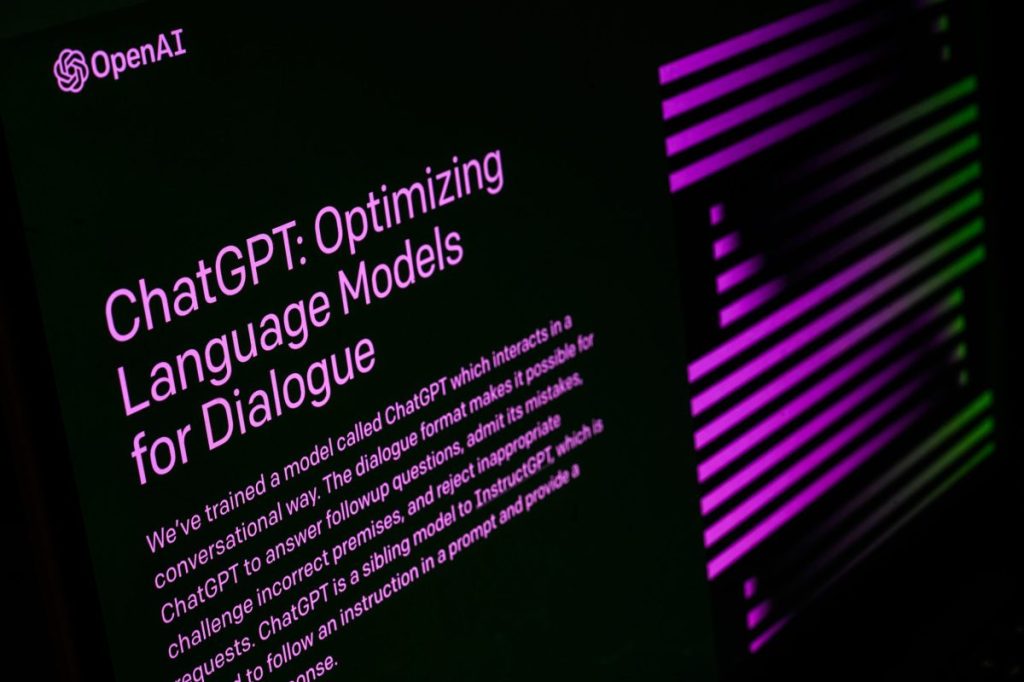Since its inception in November 2022, OpenAI’s ChatGPT has significantly changed the landscape of artificial intelligence and text generation. Initially designed to help users craft essays and code using simple prompts, ChatGPT has burgeoned into a widely utilized platform, boasting over 300 million weekly active users. The advances made by OpenAI in 2024 and 2025 showcase the rapid evolution of generative AI and its implications in various sectors, alongside the challenges the company faces in a competitive environment.
Significant Partnerships and Technological Advances
2024 marked a pivotal year for OpenAI, highlighted by several key developments. The partnership with Apple allowed the integration of generative AI into popular applications, effectively embedding ChatGPT’s capabilities into tools widely used by consumers. This collaboration reflects a growing trend of AI integration into everyday software, enhancing user experience and introducing innovative functionalities.
Moreover, the rollout of GPT-4o, featuring voice capabilities, and the anticipated launch of the Sora text-to-video model, illustrate OpenAI’s commitment to enhancing the multimedia aspects of its services. By diversifying the capabilities of ChatGPT, OpenAI aims to position itself as a leader not only in text generation but also in broader AI applications.
Internal Challenges and Legal Struggles
Despite its successes, OpenAI has faced significant internal challenges, including notable leadership departures like Ilya Sutskever, co-founder, and longtime chief scientist, and Mira Murati, the chief technology officer. These departures have raised questions about the company’s direction and internal stability amidst its rapid growth.
Furthermore, OpenAI has been embroiled in legal disputes. Lawsuits from Alden Global Capital-owned newspapers alleging copyright infringement, as well as litigation from Elon Musk to stall its profit-driven pivot, emphasize the precarious nature of OpenAI’s operations within a highly scrutinized industry.
Market Dynamics and Competition
As OpenAI continued to innovate, it faced increasing pressure from emerging competitors such as DeepSeek, a Chinese AI company. This competition prompted OpenAI to reinforce its relationship with the U.S. government while also investing in ambitious infrastructure projects to bolster its data center capabilities. For example, the partnership with SoftBank and Oracle on a $50 billion data center project highlights its strategic need to scale.
OpenAI has also reportedly been preparing for one of the largest funding rounds in history, potentially raising $40 billion at a staggering $340 billion valuation [TechCrunch]. This financial strategy suggests that the company is not only looking to maintain its foothold but also to outpace its rivals in the AI race.
Product Evolution and User Engagement
ChatGPT’s user engagement statistics reflect its rising popularity; recently, the chatbot was downloaded nearly 30 million times within a single month, which demonstrates its widespread adoption. The introduction of new features such as meeting recording, Google Drive integrations, and the ability to communicate more naturally via voice mode have broadened its appeal to a diverse user base. OpenAI has also reported that ChatGPT users generated over 700 million images through its upgraded image generation tool, highlighting how users engage creatively with the platform.
Conclusion
As OpenAI navigates its path forward, it continues to evolve ChatGPT into a multifaceted tool designed for productivity, creativity, and business applications. While the competition intensifies and internal challenges abound, the innovations emerging from OpenAI indicate that the company is actively working to solidify its status as a pioneer in the AI sector. As we look towards the future, the ongoing developments surrounding ChatGPT will likely shape not only how users interact with AI technology but also the trajectory of artificial intelligence as a whole.

